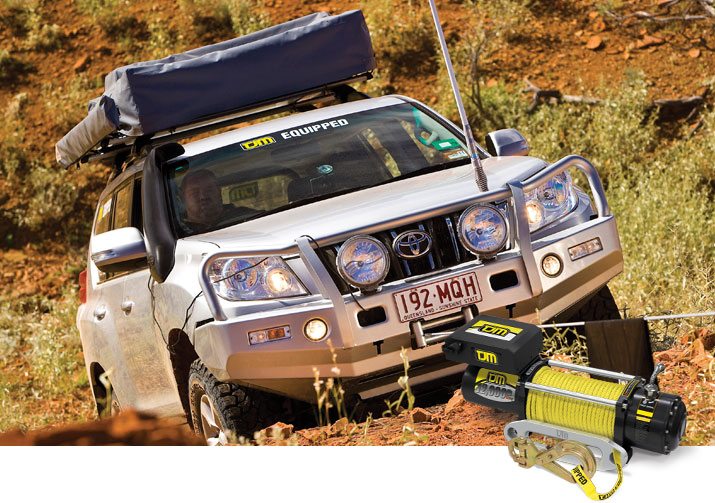A winch is a mechanical device made of rope, chain, or wire cable wound around a rotating spool called a winch drum. The 4WD winch is used for hauling, lifting, and adds more tension in a rope to help move the vehicle. They are powered by a motor using your vehicle’s battery or a power steering pump, which allows the winch to spin the rope in rapid motion.
A 4WD winch is technically a recovery device that will help you extract your vehicle in case you become bogged or stranded. This device is necessary especially if you plan to use your 4WD for outback travel, where muddy pits and rough roads are expected.
Important Components of Power Winches
Power winches are the most popular means of vehicle recovery. They are powered by either the engine, power steering system, or battery. Here are the most important components of power winches that allow them to function properly:
-
Motor
The motor is typically hydraulic or electric. It is the most important component of a 4WD winch that makes it function. The motor is the reason why these winches are called “power” winches. Without a motor, the winch needs to be operated manually (i.e. by hand).
-
Solenoid
A solenoid is either integrated or remote. Integrated solenoids, also known as contractors, are installed at the top of the winch. A remote solenoid is not installed on the winch. They control the direction of the winch drum rotation.
-
Wire Rope or Cable
The cable or wire rope, which is between 40 feet to 100 feet long, is neatly wound around the winch drum.
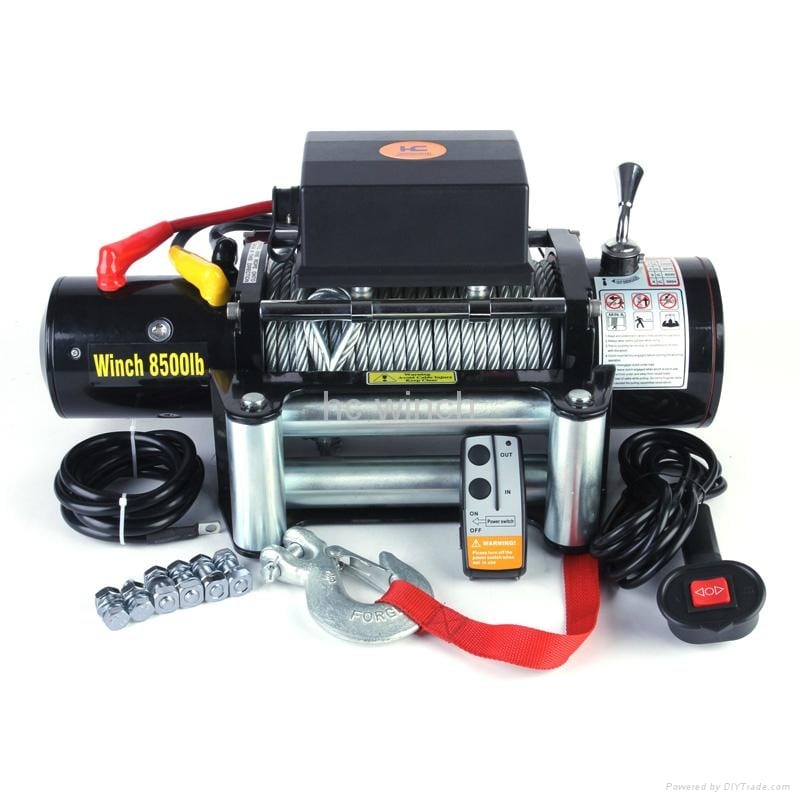

-
Winch Drum
The winch drum is where the the cable or wire rope is spooled. This spins in a circular motion to wind the rope in or out.
-
Internal Brake
The internal brake is used to keep the load stable when you stop the winch, preventing the load slipping back. This is usually located within the winch drum.
-
Gear Train
The gear train is responsible for converting the power from the winch motor into pulling power.
-
Free Spool Clutch
A free spool clutch is used to engage or disengage the winch drum from the gear train. The engaged free spool clutch position needs power to spool the cable. The disengaged position, on the other hand, allows you to wind out the cable manually at a faster speed.
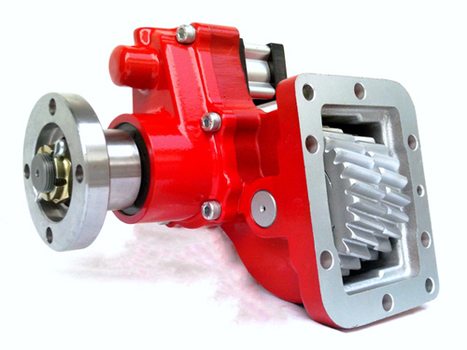
3 Main Types of Power Winches
There are three main types of power 4WD winches available in the market today:
1. Power Take Off Winch
The Power Take Off (PTO) winch was the first power winch available on the market. The PTO winch is connected directly to the transfer case via a drive shaft – this drive shaft runs the gearbox of the winch. The PTO winch is powered by the engine, which means it requires the engine to be running to make it work. It is an extremely powerful winch because its power source is the engine itself. However, it is no longer very popular today.
Pros of PTO Winches:
- Very powerful winches that are really useful especially for mud bogs.
- Always have full power and you can rely on them all day long.
- They have multiple speeds available because they drive through the gearbox.
Cons of PTO Winches:
- You cannot use it if your engine is dead.
- If the winch is mounted at the front, it only pulls forward.
- More expensive compared to other types of winches.
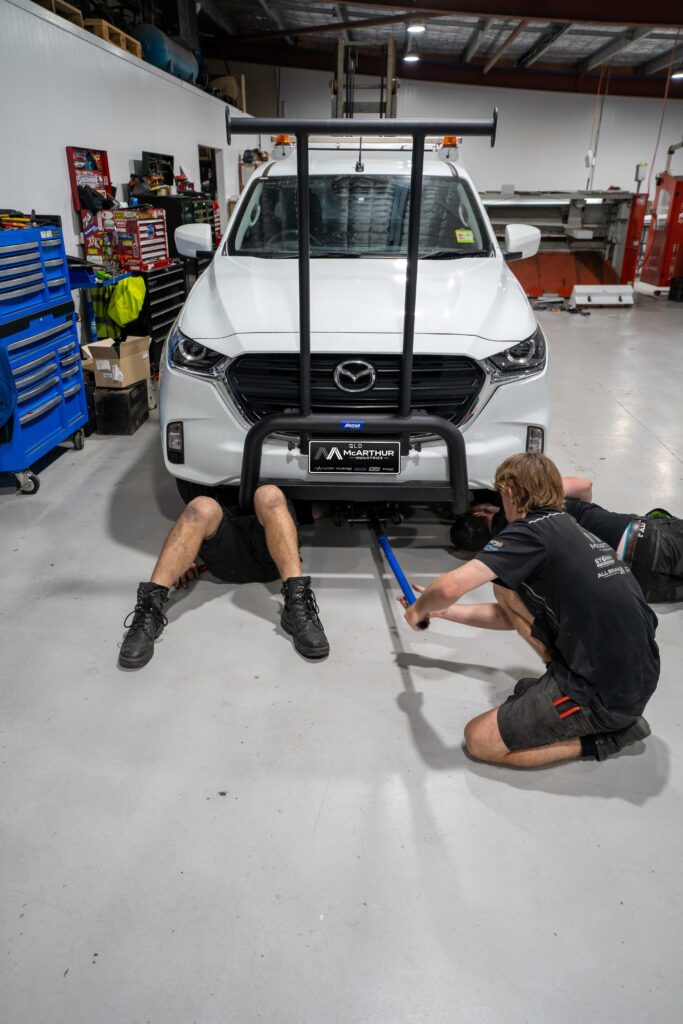
2. Hydraulic Winch
The fully-enclosed hydraulic winch derives its power from the vehicle’s power steering system. The hydraulic motor, which is fitted to the winch, is powered by hydraulic pressure.
Pros of Hydraulic Winches:
- Very powerful as the power supply is also derived from the engine through the power steering pump.
- Secondary battery is not needed.
- Motor cannot be affected by water immersion.
Cons of Hydraulic Winches:
- Cannot run without engine.
- Available in two speeds.
- Only pulls forward if the winch is front-mounted.
- If the steering is altered during winching, the winch stops running.
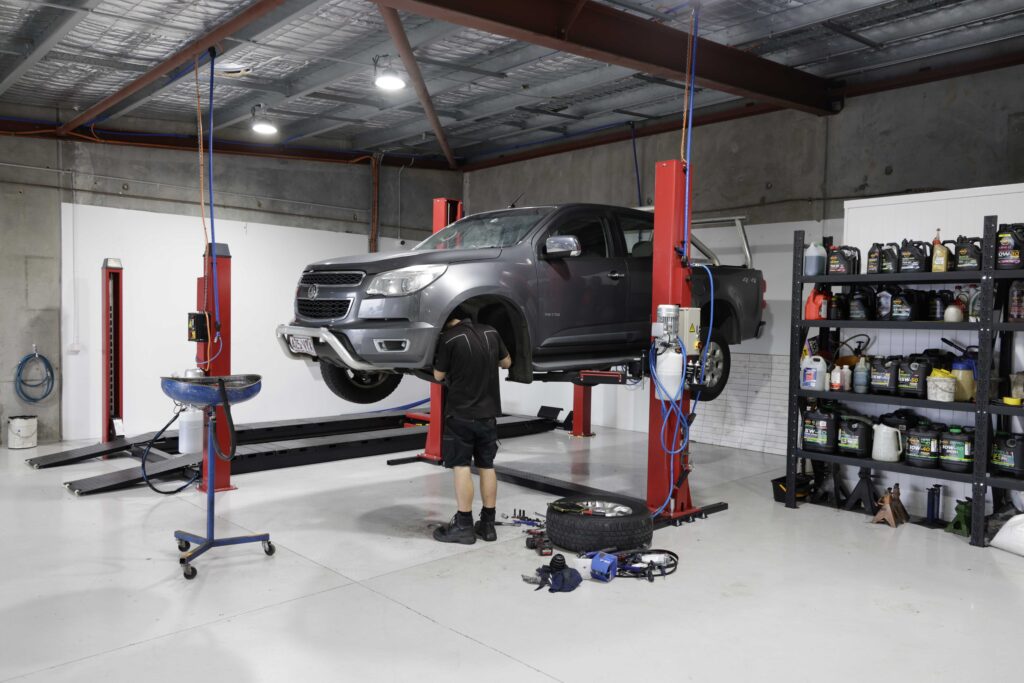
3. Electric Winch
Th 12V-powered electric winch is the most widely used 4WD winch today. The electric winch derives its power from the vehicle’s battery first and then from the alternator. This type of winch doesn’t need the engine to work for a short period of time. However, it’s best to bring an extra battery during a long trip as the battery is the source of its power.
Pros of Electric Winches:
- Lightweight and easy to use.
- Widely available in the 4WD market.
- Can be used even if the engine is dead, as long as the vehicle’s battery is powered.
Cons of Electric Winches:
- May not be very powerful and efficient.
- Uses a lot of energy from the battery so a secondary battery is recommended.
- Single speed of operation only.
- The electric motor can be affected when immersed in water.
- Only pulls forward when mounted in the front.
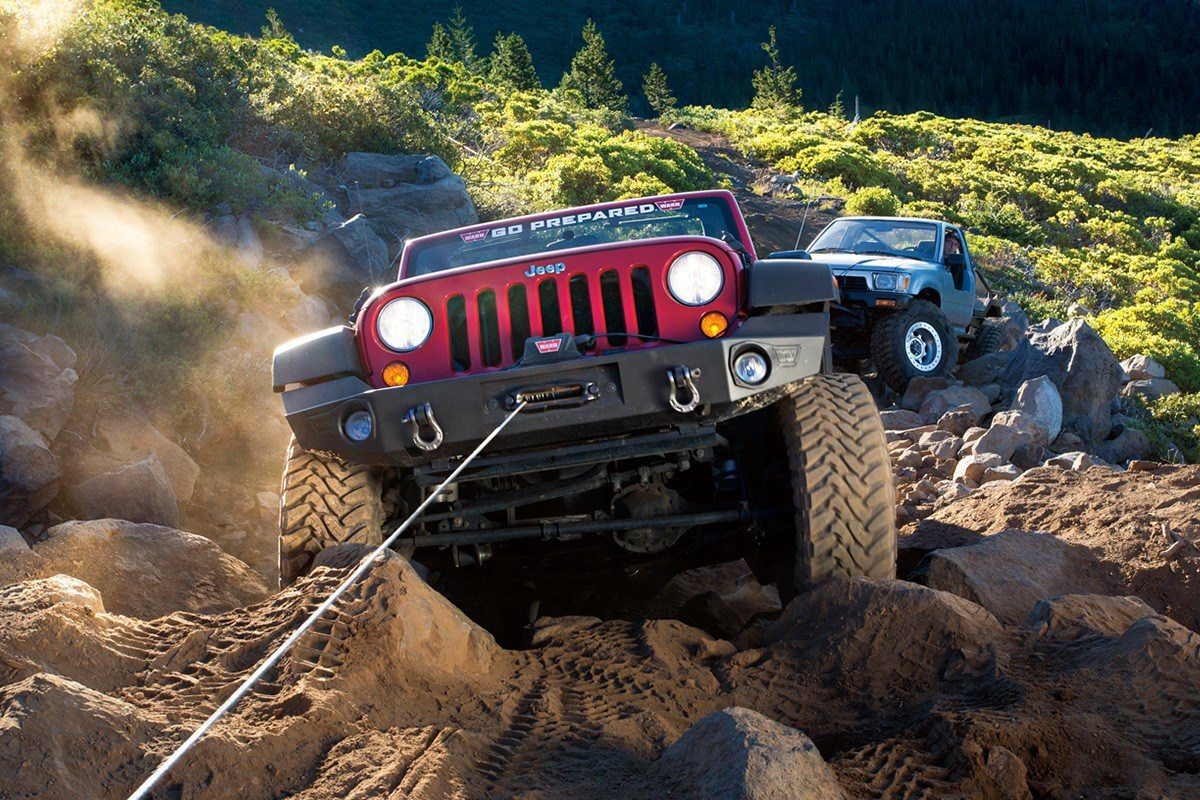
The Manual Winch: Hand Winch
The hand winch is a manual type of winch which doesn’t need an engine or a battery to run. It derives its power from the driver or anyone who will operate the winch. All it needs for the hand winch to work is time and energy from the operator.
Pros of Hand Winches:
- It doesn’t need engine or battery to operate.
- It can be used to pull the vehicle forward, from the rear, or from either left or right side of the vehicle.
Cons of Hand Winches:
- It takes time to operate.
- It is manual so it needs a lot of effort from the person operating it
4WD Winches: Which is the Best Option?
The “best” 4WD winch really depends on the situation you are in. Power take off and hydraulic winches are great if your situation requires a lot of power. However, for situations when the engine can run, the electric winches are the most suitable to use. It’s important to remember that electric winches only work with dry cell batteries.
All three types of power winches only pull forward when front-mounted. They are great for towing or pulling another vehicle. However, if the vehicle with a winch is stuck and it cannot be recovered through a forward pull, then the hand winch would be most helpful. Hand winches are a great option if you need to pull from the rear, left, or right.
Still can’t decide which 4WD winch is best for you? Talk to your trusted 4WD professional to help you select the right option. The experienced 4WD experts at Sandgate Auto Electrics have the necessary knowledge and skills to help you figure out which type of 4WD winch is best for your personal preference and needs. Get in touch with us and our 4WD professionals will be happy to assist you!
Call us today on (07) 3269 3158 or visit our workshop at 113 Connaught Street Sandgate QLD 4017 for more information.

